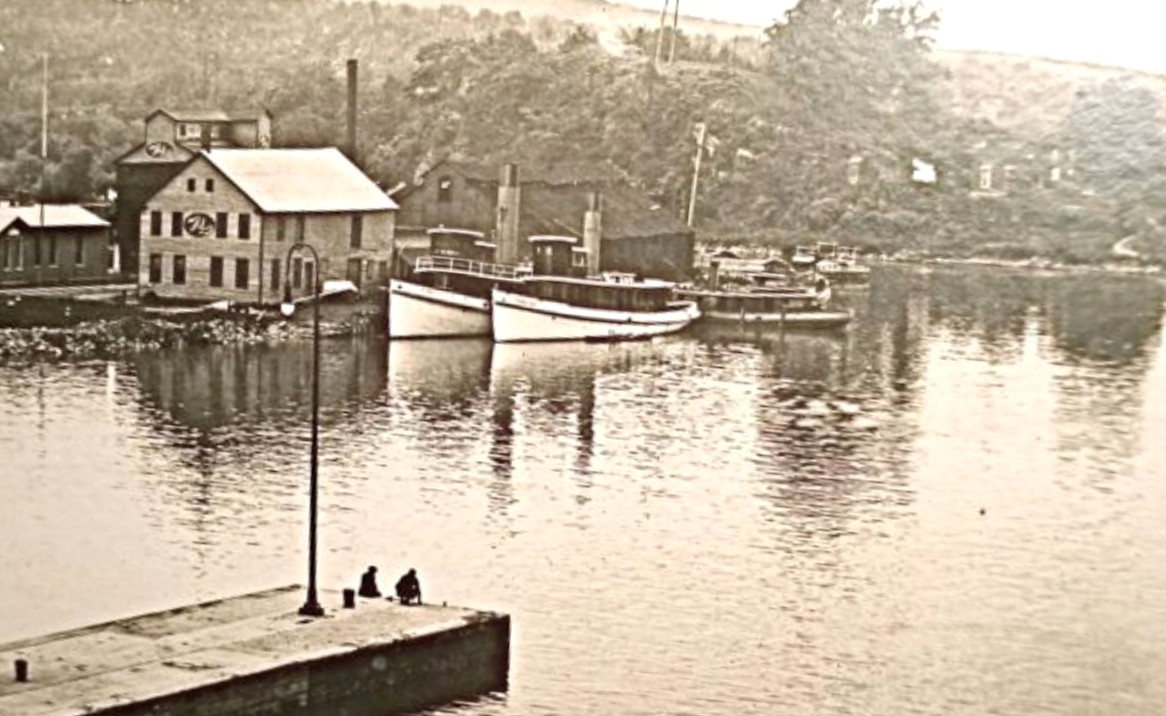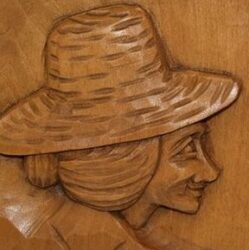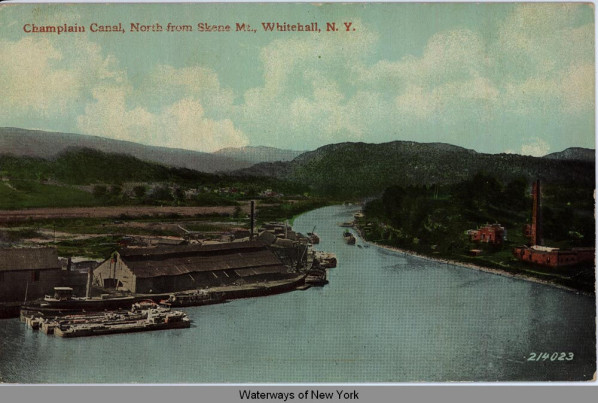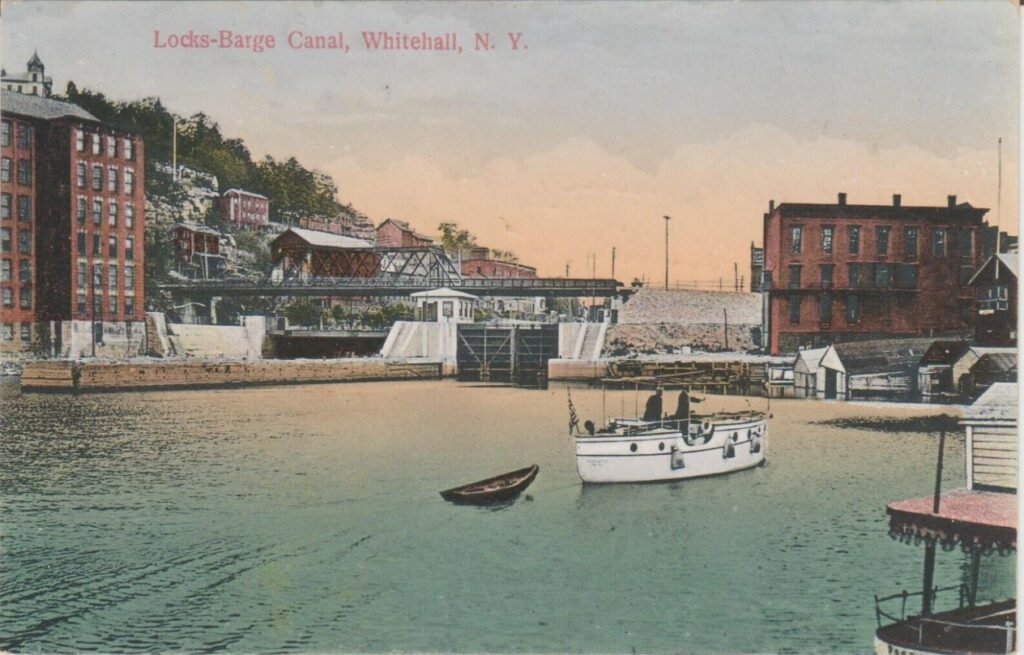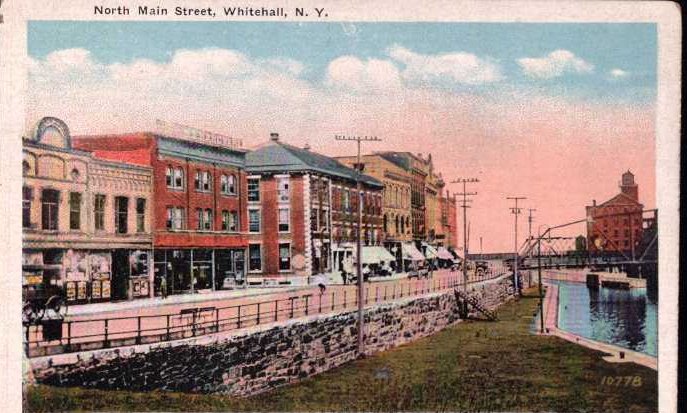Welcome to stories of the Mylott Family that settled first in Quebec when their paternal ancestors, Pierre Nicolas Damien Milot dit Champagne came to North America to fight for France in the Seven Years War, also known in the United States as The French and Indian War. One hundred years after that war, some of his descendants crossed the border into northern New York and New England to make a living. One of those was Robert Milot who can be found in the 1850 US cesus working as a farm hand in the town of Whitehall in Washington Couty.
Robert Milot farmed but his sons became Champlain canal men and their descendants still live in the towns and cities in upstate New York – Hudson Falls, Glens Falls, Fort Edward, Waterford, Troy, and their suburbs.
